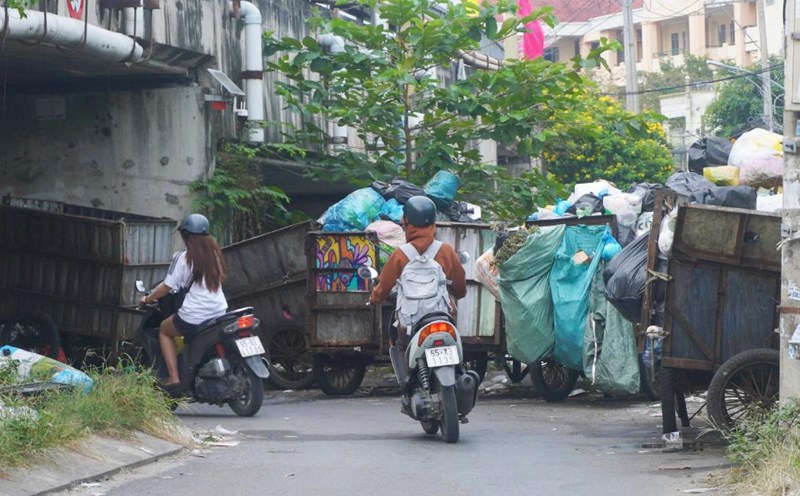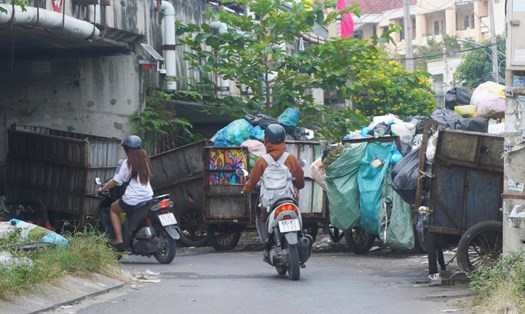In fact, applying technology to waste treatment is not only an urgent solution to prevent pollution and protect the environment, but also the key to opening up green growth, turning waste into resources.
Vietnam is emitting more than 60,000 tons of household waste into the environment every day, of which about 60% is urban waste. Ho Chi Minh City is the locality that discharges the most waste - about 13,000 tons/day, followed by Hanoi with about more than 7,000 tons/day. It is worth mentioning that most of Vietnam's domestic waste has long been treated by traditional landfill methods, causing many consequences for the environment, from polluted groundwater to polluted air.
Over the years, Vietnam has experimented with many types of waste treatment: Handmade recycling, compost cultivation, incineration without energy recovery... But waste incineration technology for power generation is one of the solutions that brings many expectations.
Starting from successful experiences in Can Tho with the 5.3ha solid waste treatment plant (Truong Xuan commune, Thoi Lai district) operating since 2018. Currently, the plant receives an average of 515 tons of waste per day, the waste incineration process has created nearly 179 million kWh of electricity, merging into the national grid.
Or Phu Son Waste-to-power Plant was built from the end of 2021 on an area of about 11.2 hectares in Huong Thuy town (Hue city). Since January 2024, this plant has begun a trial operation and processed more than 500 tons of waste/day, accounting for nearly 90% of household waste in the city.
There are many successful countries in the world. For example, Japan burns 80% of household waste, turning it into electricity and heat, burying less than 1%. Germany even imports waste from other countries to generate electricity because the technology is so effective.
Vietnam cannot be more slow in this field. However, no matter how modern the technology is, it must be combined and synchronized with many other operating solutions. First is the effective solution to classify waste at source according to the provisions of the Law on Environmental Protection 2020 and Decree 45/2022 effective from January 1, 2025.
Next is planning, arranging clean land funds, simplifying administrative procedures, attractive investment attraction policies as well as a risk sharing mechanism between the government and investors...
Finally, the most important thing is still to promote awareness and action of each citizen. How to make each family a soldier on the front line against littering, starting from their own kitchen.











